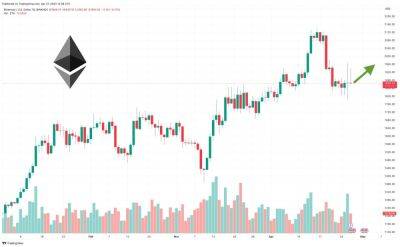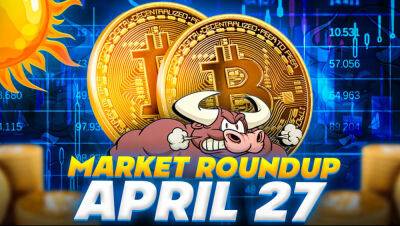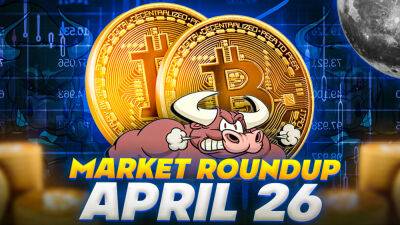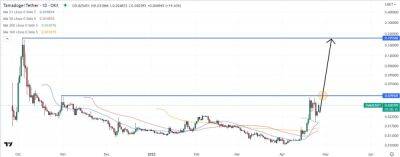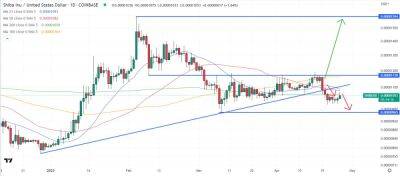Ether price holds $1,820, but pro traders are skeptical about further gains
The Ether (ETH) price has held above $1,820 for the past three weeks, despite facing a 13.7% correction between April 18-21. Still, analyzing a broader time frame provides a more constructive view, as ETH gained 20.8% in three months while the S&P 500 stock market index stood flat. However, according to ETH options and futures metrics, the gains were not enough to make professional investors bullish.
Worsening macroeconomic conditions have driven cryptocurrencies’ positive momentum in 2023, including the ongoing banking crisis. According to Arthur Hayes, former CEO of crypto derivatives exchange BitMEX, if the government refuses to bail out First Republic Bank, it could set off a dangerous chain reaction of insolvencies.
Recession risks increased after the U.S. economy grew at a modest 1.1% annualized pace in the first quarter, well below the 2% expected. Meanwhile, inflation continues to hurt the economy, as the personal consumption expenditures price index rose 4.2% in the first quarter.
Driving the bearishness from whales and market makers is the diminishing total value locked (TVL) on the Ethereum network and average transaction fees above $4 since February. According to DefiLlama data, Ethereum DApps reached 15.3 million ETH in TVL on April 24. That compares with 22.0 million ETH six months prior, a 30% decline.
Ether’s inability to break above $2,000 could also reflect traders anticipating the Federal Reserve to raise interest rates again on May 3. Higher interest rates make fixed-income investments more attractive, while businesses and families face additional costs to refinance their debts, creating a bearish environment for risk assets, including ETH.
Ether quarterly futures are popular among whales and arbitrage
Read more on cointelegraph.com


